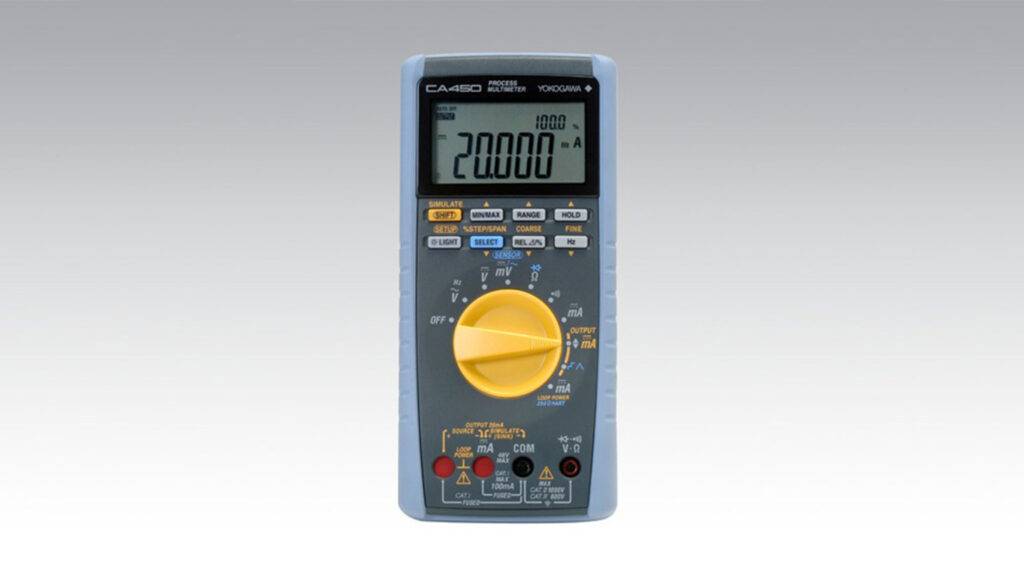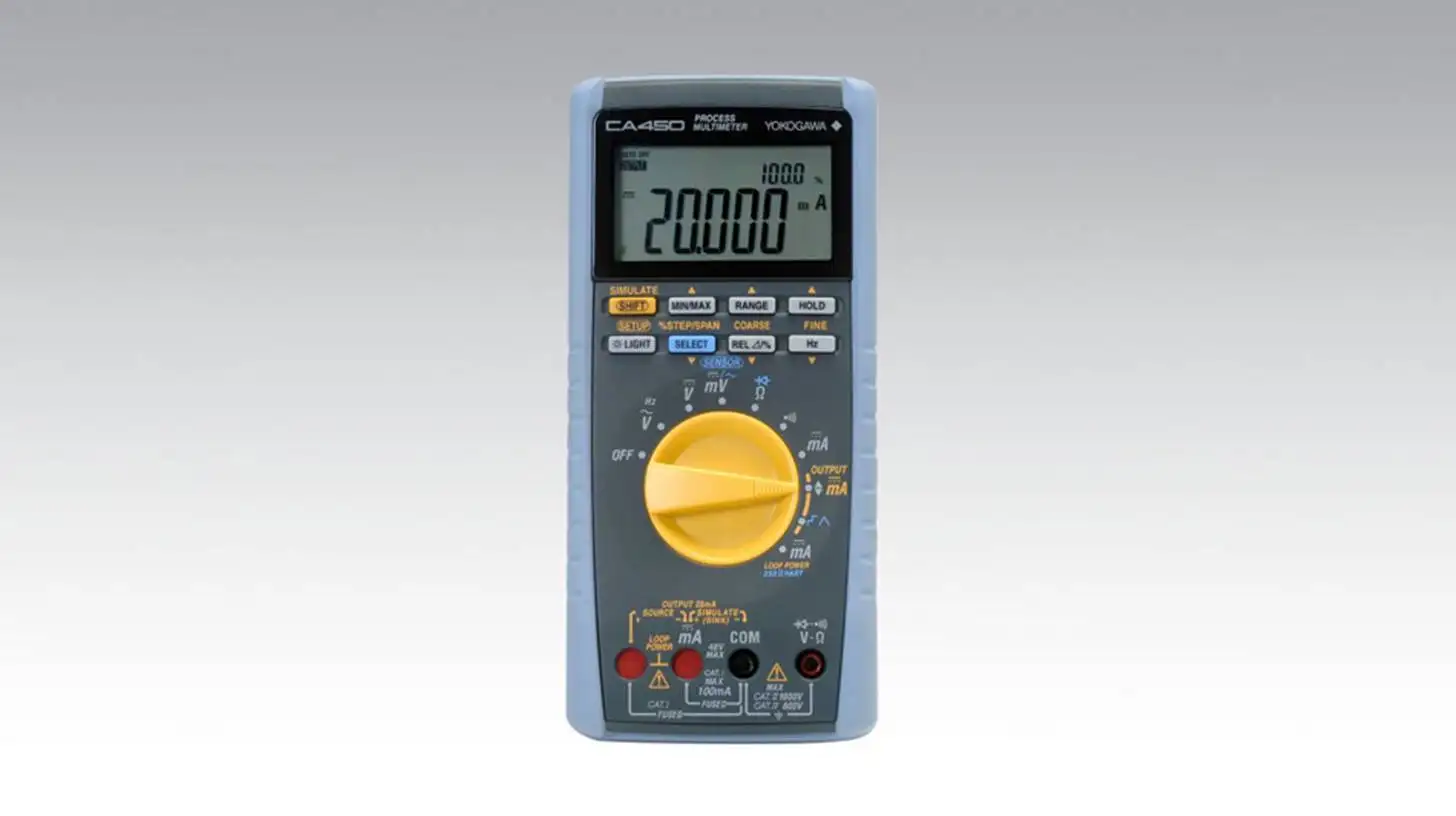Lithium-ion batteries are widely used in various electronic devices such as smartphones, laptops, and electric vehicles due to their high energy density and long lifespan. Accurate measurement of the current (Amp) is crucial for monitoring the health of the battery, optimizing its performance, and preventing potential safety hazards. In this article, we will discuss some tips for accurate amp measurement using a multimeter for lithium-ion batteries.

#post_seo_title
Tip 1: Select the Right Range
The first and most important step in measuring the current of a lithium-ion battery is to select the right range on the multimeter. Choosing the wrong range can result in inaccurate readings or even damage to the multimeter. For example, if the expected current is around 10A, selecting the 2A range will cause the multimeter to overload, while selecting the 20A range will result in low accuracy. Therefore, it is essential to refer to the manufacturer’s specifications and select the appropriate range on the multimeter.
Tip 2: Connect the Multimeter Correctly
The second tip is to ensure that the multimeter is connected correctly to the battery. The positive (red) probe of the multimeter should be connected to the positive terminal of the battery, while the negative (black) probe should be connected to the negative terminal. Reversing the polarity of the probes can damage the multimeter and the battery.

Tip 3: Use a Shunt Resistor
In some cases, the current of the lithium-ion battery may exceed the maximum range of the multimeter. To overcome this, a shunt resistor can be used in series with the battery to reduce the current and enable accurate measurement. A shunt resistor is a low resistance element that allows a small amount of current to flow through it while measuring the voltage drop across it. The current can then be calculated using Ohm’s law (I = V/R).
Tip 4: Consider the Sampling Rate
The sampling rate is the frequency at which the multimeter measures the current. The sampling rate should be high enough to capture the variations in the current accurately. For example, if the battery is being charged or discharged rapidly, a high sampling rate is required to measure the current accurately.
Tip 5: Measure the Average Current
Lithium-ion batteries can experience current spikes during operation due to the nature of their chemical reactions. Therefore, it is important to measure the average current over a period of time to obtain a more accurate reading. This can be done by measuring the current at regular intervals and calculating the average value.
Redway, a custom lithium-ion battery OEM manufacturer, offers a range of high-quality lithium-ion batteries designed for various applications. They also provide technical support and advice on battery testing and measurement. By following the tips mentioned above and consulting with experts like Redway Power, accurate amp measurement of lithium-ion batteries can be achieved, ensuring their safe and reliable operation.


